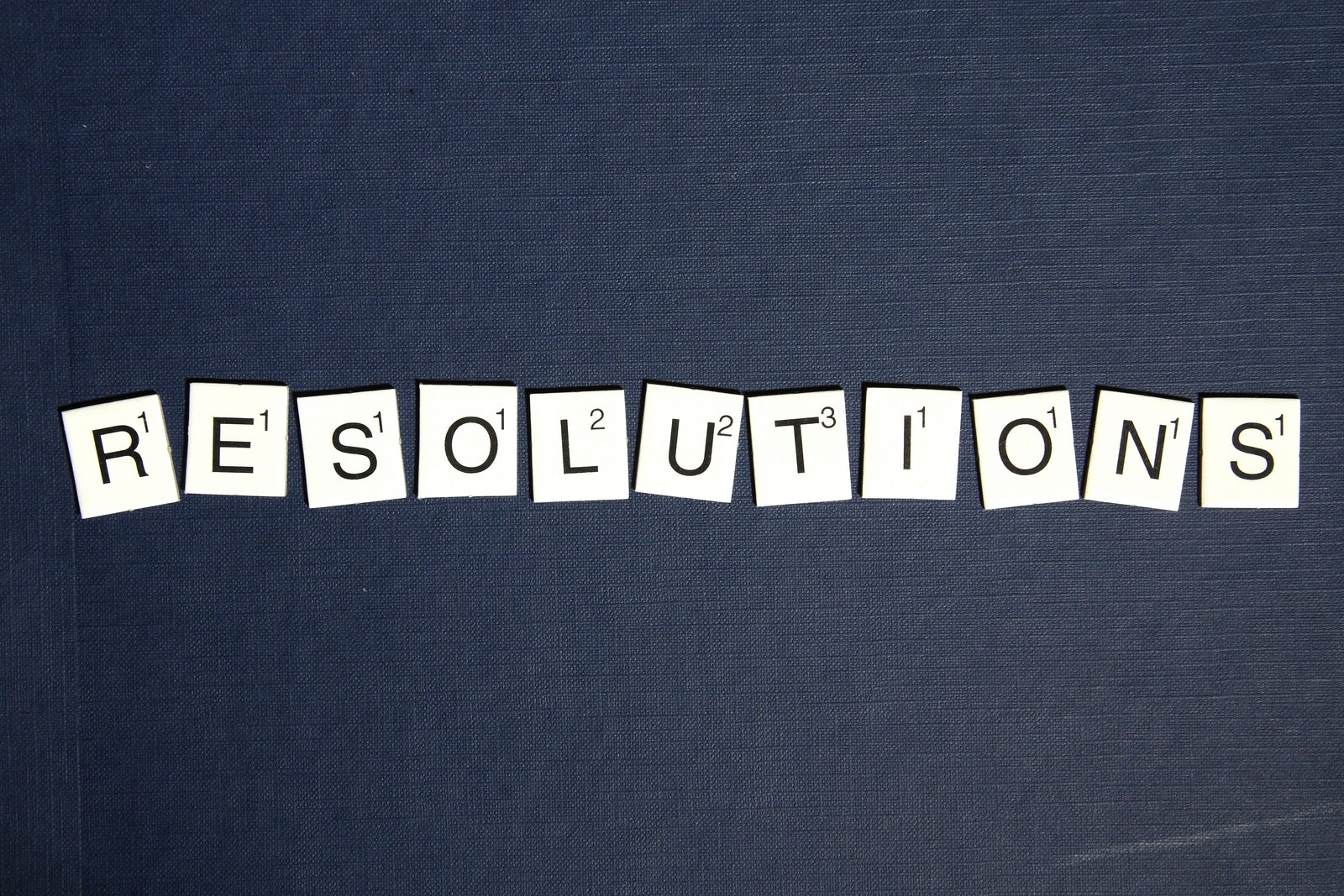After conceptualizing that all impressive mobile app idea, the next challenging thing that awaits you is its implementation. That’s where things get tricky. Very soon, in an app planning process, your idea is put through a feasibility test where its concept and scope is defined several times before reaching a final vision shared by all concerned. While throwing all the exciting ideas into the mix is a great practice, it mustn’t result in product deviation.
A product requirement document is a solution to counter that threat. A mobile app PRD clearly defines the purpose of an app. It further lays down the business strategy and technical requirements to accomplish that purpose. It also identifies the risk areas and challenging product assumptions to facilitate the job of the product development team. Read on to gain a better understanding of how a PRD proves beneficial in mobile app planning.
1. Determine Product Feasibility
Mobile app development is a complex process. It calls for thoroughgoing research to ascertain the technical feasibility of your idea. A PRD combines all that research and assumptions in a single document to help you determine whether or not your idea is feasible.
A mobile app PRD pretty much forces you to lay down all the project’s technical requirements on paper; required maintenance and support; scalability, system integration, future proofing, and other considerations. The list of technical specifications can be a lengthy one. With a PRD you could weigh up the chances of overall success of each individual requirement and also learn about the various product constraints.
2. Counter Risks Inherent In App Development
Mobile app development is prone to all sorts of risks, budget, scope, information and timeline to mention a few. By starting your app project with a PRD you’ll set your startup in a good stead and manage all the said risks. In the absence of proper documentation, there’s every chance for your project to grow beyond it initial requirements and purpose, a phenomenon well known as scope creep. That simply causes delays and upsets your budge. Bearing extra cost to clean up the mess and redo the features that got lost in translation is an app owner’s nightmare. PRD helps you to alight your goals and gain focus on the most key components of the product. All in all, a well defined and comprehensive list of PRD helps safeguard your project from the risk of spending beyond your budget.
3. Keeps Budget In Check
Change is pretty much unavoidable in a mobile app development process. Ignoring this fact has the potential to make your development costs go over the top and also your startup to finish up with an app that fails to address is key objectives. A PRD helps counter this problem. It will demonstrate your project’s complexities in all the different scenarios. By creating an accurate documentation you’ll ensure that information exchange between team members doesn’t lead to mistakes and undesirable changes.
Final Thoughts
A PRD is really a roadmap for your app vision to attain its final form. The challenges in mobile app development are plenty and addressing each one at it comes is a novice developer’s way. To ensure your app development requirement is deadlocked in the initial stages and there are no product deviations, you have to opt for a PRD. A well established mobile app development company would surely proceed in that fashion. Did you find this blog informative? What are your thoughts on PRD? Let us know in the comments’ section below:






